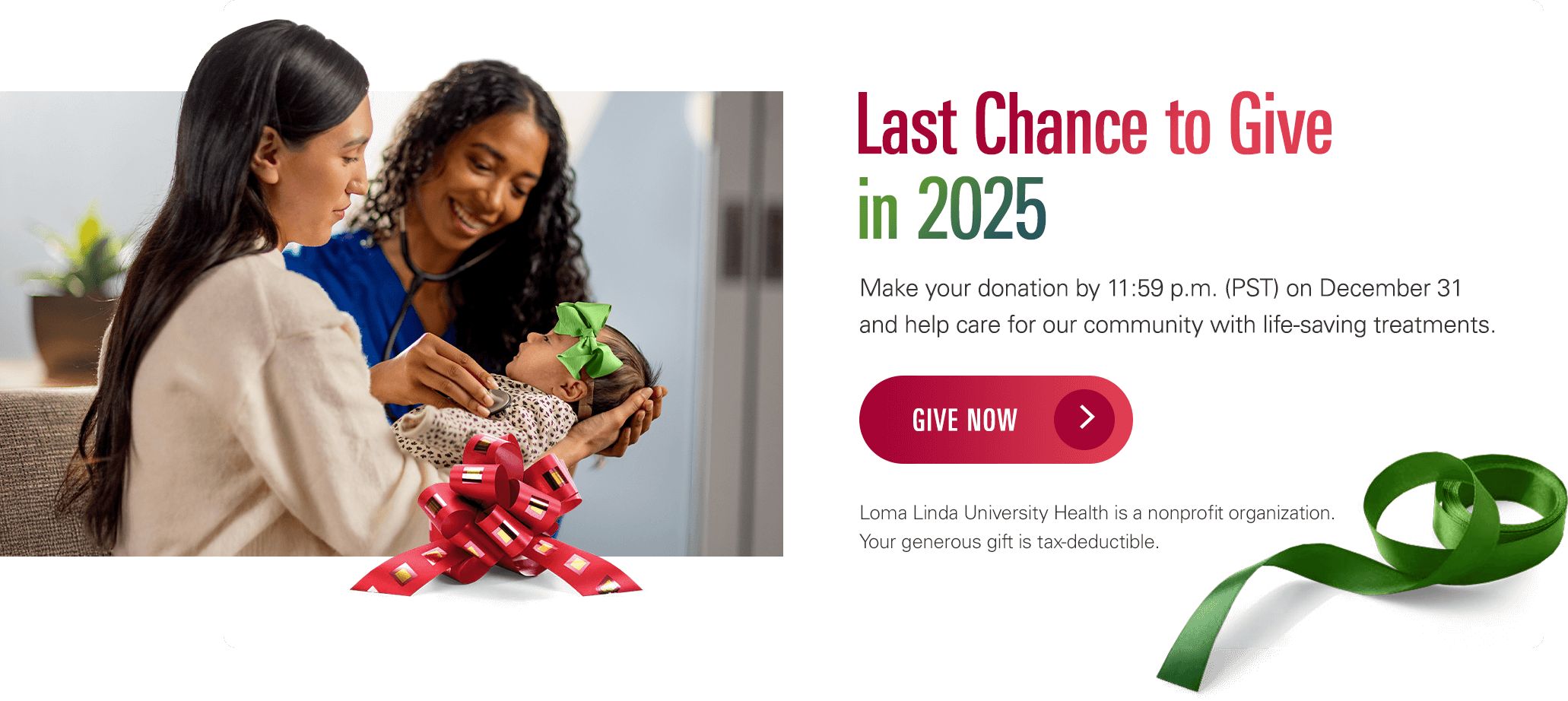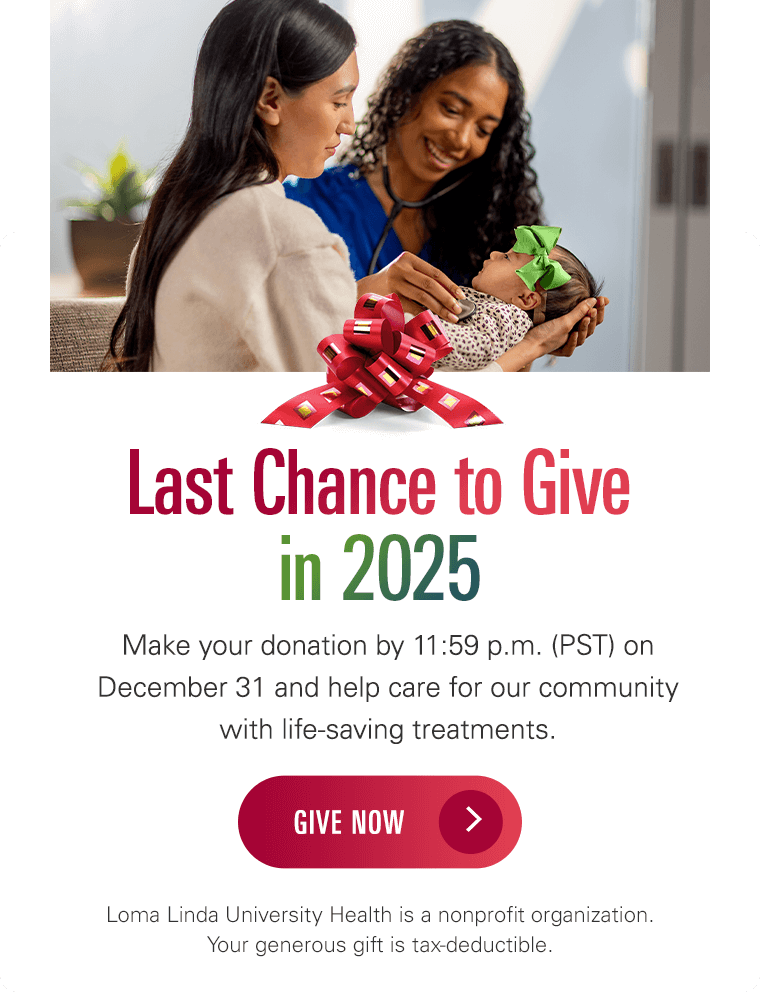Hand-Foot-and-Mouth Disease in Children
What is hand-foot-and-mouth disease in children?
Hand-foot-and-mouth disease (HFMD) is a viral illness that presents with small blisters in the mouth and a rash on the palms of the hands and soles of the feet. Some children have a mild case while others are much more uncomfortable and have trouble drinking because of mouth pain. Hand-foot-and-mouth disease is self-limited, meaning it will get better on its own so treatment is aimed at symptom relief and preventing dehydration.
What causes hand-foot-and-mouth disease in a child?
Hand-foot-and-mouth disease is caused by a virus. The most common viruses that cause it include:
- Coxsackievirus A16—usually the most common cause
- Coxsackievirus A6—symptoms may be more severe
- Enterovirus A71—associated with cases in East and Southeast Asia
The virus is often spread through fecal-oral transmission but may also be spread by respiratory secretions. Transmission is most often due to not washing hands correctly, particularly after changing diapers or using the bathroom. Handwashing is key to help prevent the spread of the disease.
Which children are at risk for hand-foot-and-mouth disease?
Though anyone can get this disease, it is most commonly seen in children under 5 years of age.
What are the symptoms of hand-foot-and-mouth disease in a child?
Symptoms can be a bit different for each child. They can include:
- Blisters in the mouth, often near the throat and tonsils or on the gums and sides of the tongue
- Rash on the palms of the hands or soles of the feet, or both, which might be flat red spots, small bumps, or blisters
- Small blisters in the diaper area
- Rash on the arms and legs
- Fever
- Lack of appetite
- Generally not feeling well
- Sore throat
The rash associated with hand-foot-and-mouth disease is often unique. But many of the symptoms are nonspecific and shared with other viruses or other health issues. Have your child see their healthcare provider for a diagnosis.
How is hand-foot-and-mouth disease diagnosed in a child?
The healthcare provider will ask about your child’s symptoms and health history. They will give your child a physical exam. The physical exam will include looking at the rash. The rash is unique to hand-foot-and-mouth disease. The rash may be enough to diagnose your child. In some cases, your child may also have a throat culture or stool sample sent to a lab for testing.
How is hand-foot-and-mouth disease treated in a child?
Treatment will depend on your child’s symptoms, age, and general health. It will also depend on how severe the condition is. Antibiotics are not effective in treating this illness. The virus will usually go away on its own within 7 to 10 days.
The goal of treatment is to help reduce symptoms and prevent dehydration. Treatment may include:
- Have your child drink plenty of cold fluids to help soothe mouth pain.
- Give your child acetaminophen or ibuprofen for fever and mild pain as recommended by your child's provider.
- Use a mouth rinse or spray that has a pain reliever to help reduce mouth pain. Use this only if your child's healthcare provider says it’s OK to do so. Don't use regular mouthwash because it may hurt.
Talk with your child's healthcare provider about the risks, benefits, and possible side effects of all medicines. Don't give ibuprofen to a child younger than 6 months old, unless the provider tells you to.
Don’t give aspirin (or medicine that contains aspirin) to a child younger than age 19 years, unless directed by your child’s provider. Taking aspirin can put your child at risk for Reye syndrome. This is a rare but very serious disorder that often affects the brain and the liver.
How can I help prevent hand-foot-and-mouth disease in my child?
Good handwashing is important to stop the disease from being spread to other children. To help prevent the spread of the illness to others:
- Wash your hands before and after caring for your child. Use soap and clean, running water and scrub for at least 20 seconds. Rinse well and air dry or use a clean towel.
- If you aren't able to wash your hands, use an alcohol-based hand sanitizer and follow the instructions.
- Make sure your child washes their hands often.
- Make sure your childcare center encourages handwashing.
Also, make sure to:
- Clean contaminated surfaces with a disinfectant.
- Stay away from infected people as this illness is most contagious during the first week. An infected person can still transmit viruses for 1 to 2 weeks after they no longer have symptoms.
When should I call my child’s healthcare provider?
Call the healthcare provider if your child has:
- Symptoms that don’t get better within 10 days, or get worse
- Trouble drinking or eating
- A weakened immune system
Key points about hand-foot-and-mouth disease in children
- Hand-foot-and-mouth disease is a contagious viral illness that causes a rash and blisters.
- The rash appears on the palms of the hands and on the soles of the feet. It may also occur in the diaper area and on the legs and arms.
- Small blisters also occur in the mouth.
- Anyone can get this disease; however, it is most common in children under 5 years.
- The symptoms usually go away in 7 to 10 days. Treatment involves keeping your child comfortable and preventing dehydration.
- Handwashing and staying away from those who are infected are important to stop the spread of the disease.
Next steps
Tips to help you get the most from a visit to your child’s healthcare provider:
- Know the reason for the visit and what you want to happen.
- Before your visit, write down questions you want answered.
- At the visit, write down the name of a new diagnosis, and any new medicines, treatments, or tests. Also write down any new instructions your provider gives you for your child.
- Know why a new medicine or treatment is prescribed and how it will help your child. Also know what the side effects are and when they should be reported.
- Ask if your child’s condition can be treated in other ways.
- Know why a test or procedure is recommended and what the results could mean.
- Know what to expect if your child does not take the medicine or have the test or procedure.
- If your child has a follow-up appointment, write down the date, time, and purpose for that visit.
- Know how you can contact your child’s provider after office hours, especially on weekends and holidays. This is important if your child becomes ill and you have questions or need advice.









